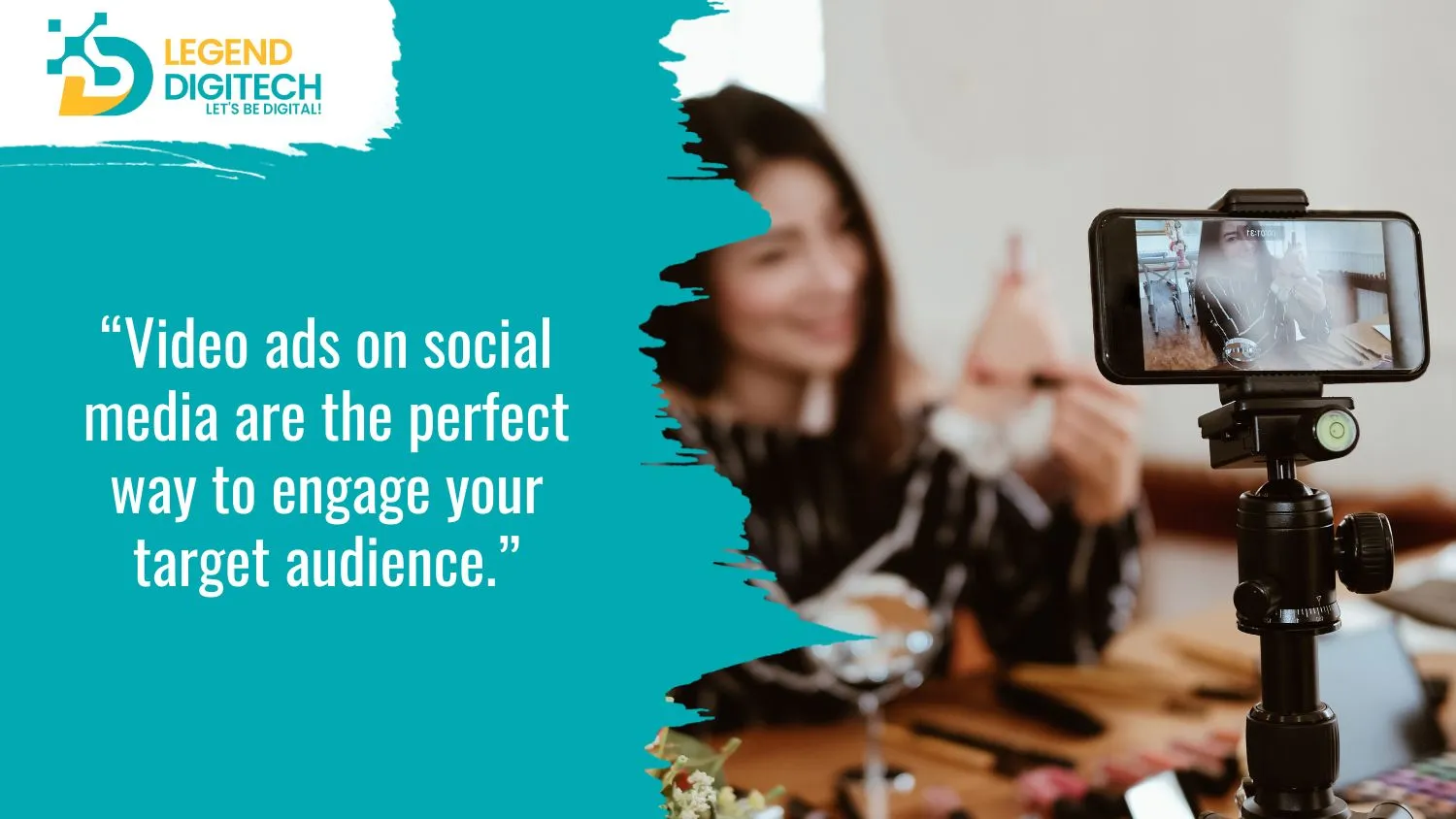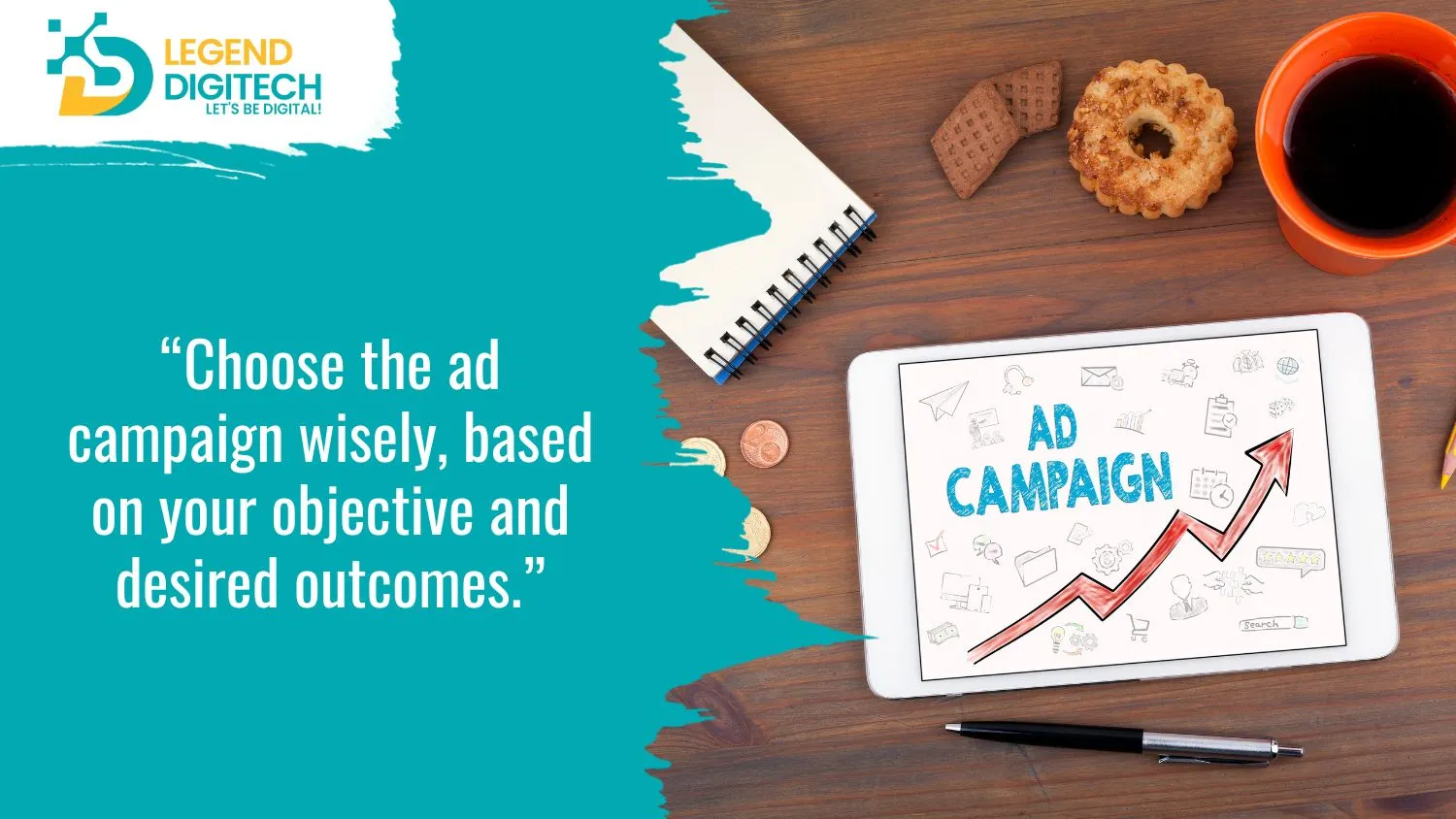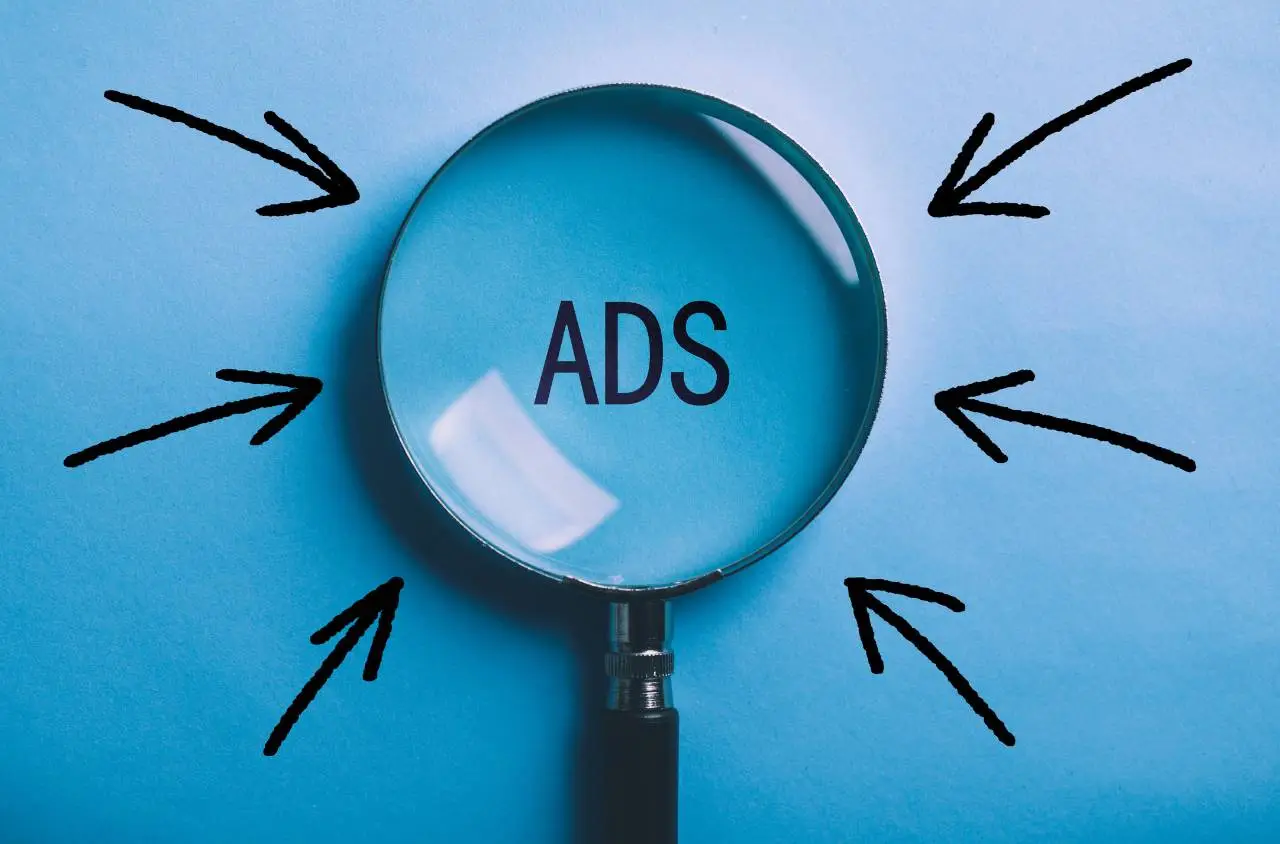Contents
Facebook is one of the biggest platforms for audience engagements out there. After acquiring Instagram in 2012, you may be aware that Facebook began to combine the two platforms by making it easier to share photographs across them. A Facebook user’s news stream could be affected by an Instagram “like” or comment. Instagram users could also utilise the interface to find and connect with Facebook pals.
With such an initiative, the ad market for Facebook got immense, and the marketer gets huge returns by running the ads on Facebook and Instagram. If you are running a business utilising Facebook and Instagram ads is a great way to get noticed.
According to the study, 72% of Instagram users had made a purchase choice based on something they observed while scrolling through the app. That told us that people trust Instagram for product and service information, so if you’re still on the fence, don’t be. The numbers speak for themselves. With so many brands and businesses joining Facebook and Instagram, getting your content viewed in user feeds might be challenging, but don’t let that stop you. There are a variety of strategies to make your brand and company stand out.

Running an ad on Facebook and Instagram is no longer an easy task. To maximise the potential of Facebook advertisements, you’ll need to do some research and learn some tactics, which this post will teach you how to do.
What is Social Media Advertising?
“Social media Advertising (SMA) is the use of social media websites and social networks to sell a company’s products and services,” according to Investopedia. Social media marketing initially began with publishing. Organisations shared their content via social media to produce traffic to their sites and, ideally, deals.
As it may, online entertainment has developed a long way past being only a spot to communicate content. These days, organisations utilise virtual entertainment in a horde of various forms. For instance, a business worried about what individuals are talking about its image would screen social media discussions and reactions to important notices.
Types of Social Media Marketing
May you be wondering about utilising social media marketing for the future of your business, a couple of driving stages likely strike a chord immediately: Facebook, Instagram, Twitter, and perhaps YouTube or Pinterest, contingent upon your industry.
Several publicising choices to browse, each holding its attractive assets and impediments. Here are featured absolute most usual promotions and how they can enhance your campaign.
Photo ads
Photo ad is a quick getter; it doesn’t require much effort and time to place. It is the most frequently used campaign by business owners to make their business tasks. You need to know some things in your fingers tips while running a video ad campaign. First, the basic one, the picture quality should be 1080 x 1080 px for both Facebook and Instagram. Facebook will stretch a smaller size picture than that, and a bigger size picture will get cut off on some screens.
Photograph advertisements are perfect for building brand mindfulness since they place your item directly before the client. Ensure that your pictures are predictable in style with your posts and stories, so clients quickly partner the promotion with your image. Studies show that Facebook promotions with faces get a significantly more significant commitment. That is additionally valid for Instagram and any place we post pictures. We appear to relate more to advertisements when we see individuals’ countenances.
Videos ads
Videos advertising is an excellent method to get your message across. It communicates your message to the audience, and they remember it. Here, the first primary consideration is who your audience is because you don’t want to work hard on a video not knowing what the message is. Think about things like age, gender, income, and interest. This will help you target your ads to exactly the right people. Make sure your video isn’t long and that it loses its value. Keep it precise.

Stories ads
Most of the time, story advertising is meant to keep your followers interested. In simple terms, it entertains your followers while reminding them of your brand and its services. But when it comes to selling products, studies have shown that most purchases happen on Instagram due to the sale ad in stories. Stories advertisements show in full-screen design in the two stages, permitting your item to be in total concentration as long as you stand out enough to be noticed.
Benefits of Advertising Your Business on social media
Social media has dramatically transformed the internet and the marketing industry in the previous few years. So, why is it essential for your company to start using a new form of communication as soon as possible? There are numerous advantages to advertising your business on social media, but the following are the most significant.
Showcase your brand
Another marketing method for raising brand recognition is social media. Why not use it for relationship building or new sales?
Develop a loyal community
People love being a part of a company actively working to create a vibrant community. An online community like this can help you make an emotional bond between your firm and your prospects, which is critical for long-term success.

Improve customer service
Best Practices when doing Social Media Advertising
As a marketer, you’ve come here to challenge yourself to do something better and different in social media marketing for your company. The following are the most crucial practices to remember when it comes to social media advertising.
Define your objective
Identify your audience
It’s critical to understand your target audience, including their demographics, interests, motivation, and preferred media. Examine any existing data you may have. Perhaps speak with current customers and conduct market and web research. In addition, advertisers can track digital marketing. From the existing customer and campaign ads, you’ll be able to quantify your results.
Choose the right channel
Don’t just jump on every channel because everyone else is there. Choosing the proper channels and the correct number of channels will mean more effective social media marketing. Think about what suits your organisation’s purpose and your target audience.
Create great content
Step-by-step Guide in Creating Facebook Ads
Facebook Catalogue campaigns allow you to customise your audiences and add creativity based on the products that people have engaged with on your website. However, you might not want always to advertise all products to all audiences. May you wish to promote a small collection to a particular audience.
Step 1: Login into Facebook Business Manager
If your company uses Facebook, Facebook Business Manager is a must-have. Facebook Business Suite brings together Facebook, Instagram, and informing apparatuses in one spot as a free device. This permits you to save time, make associations, and acquire improved results. You could oversee them on iOS or Android gadgets!
- Go to business.Facebook.com and click the enormous blue Create Account button in the upper right.
- Data requiring boxes will show up. Enter your business name, your name, and the business email address you need to use to deal with your Facebook Business Manager account, then, at that point, click Next. Enter your business subtleties: address, telephone number, and site. Likewise, you’ll have to determine whether you’ll utilise this Business Manager record to advance your own business or offer types of assistance to different organisations. At the point when you’re done, click Submit.
- Search your email for a message with the top line “verify your business email.” Within the message, click Verify Now.
Step 2: Add users' detail to Facebook Business Manager
- Go to the left-hand side and click on more tools; a dropdown will open, and then go over to business settings.
- Again, there will be a navigation bar on the left side, and on the right, you will have your actionable area.
You’ll begin by looking at the people in the user’s areas. Now is where you can add other persons to your company manager, for example, if you have an employee who wants to publish your advertising and analyse the data for you. You can give someone employee access and full admin access by pressing the blue button. So, if you want them to have complete control over the accounts, input their email address and click next. They will receive an email inviting them to join the admin team.
Then you have partners in the section of users. For example, suppose you wish to work with a digital marketing agency and already have a Facebook business manager account. In that case, you may invite them to join by providing their business ID.
Step 3: Settle your account in Facebook Business Manager
Here you want to make sure to add your business page in the accounts section shown on the left. You can also request access to another person’s company page. You can build a new Facebook page for your business if you don’t already have one.
After that, you must add your ad account. In Facebook Business Manager, an ad account is used to keep track of all of your payment methods and transactional data.
- Hit the button of blue Add button.
- Type in the name of your page and hit Add.
- Click to button ad accounts on the left menu. At the actionable area, hit add accounts. You will have three options here. Add an existing account, request access to somebody else account, or create a new one.
- Click on Create a New Ad Account.
- In the pop-up, name your account, and mention your currency and time zone.
- Hit the next button, choose the My business option and then make sure you select your account and give yourself full admin access.
- Hit assign then hit add payment information. Fill in the payment method and other information they ask for, and then you are good to go.
Step 4: Set your Facebook Pixel
You may be wondering what Facebook Pixel is. A Facebook Pixel is a snippet of code or tag that you place on your website. It allows you to track how visitors engage with your website. It will enable you to reconnect with your customers afterwards. It also informs you of the effectiveness of your advertisements. A Facebook Pixel helps you target the correct audience with the right creativity. It’s pretty simple to set up Facebook Pixels.
- Head over to Business Manager, go to the dropdown and click Events Manager.
- Go to the sidebar and click the green button that says connect a new data source. A window will appear with three options Web, App and Offline.
- You click Web and go to the blue button that says get started.
- After make sure to click Facebook Pixel and hit Connect.
- Then it’ll ask for your Pixel name, and you may want to name it after your brand.
Before you go any further, double-check that you’ve copied your Facebook Pixel ID from the actionable area. So, once you’ve done that, click the blue “Continue to Setup” button. Then you’ll be presented with a box asking how you wish to install your Pixel code. If your website is constructed using a content management system like WordPress or Shopify, select the option with partner integration. Choose a partner that will help you connect the Pixel code to your website, and they will walk you through the process.
Step 5: Create your first ad campaign
Now that your account is set up and your pixels are set up, now is the right time to send off your most special Facebook promotion. From your Business Manager dashboard, click Business Manager on the upper left. Under the Advertise tab, click Ads Manager, then click the green Create button.
Then pick the campaign goal that makes the most sense for you. If you’re new to this, it’s good to hover your mouse over the information icon on each one to discover more about the campaign’s focus. For example, if you believe you need visits to your website, the Traffic campaign option is a perfect choice.

Choose your campaign’s goal, target demographic, budget and timetable, and specific ad kinds and placements. Remember that Facebook ad campaigns are goal-oriented, so choose your alternatives intelligently based on your objectives and desired outcome.
Step-by-Step Guide in Creating Instagram Ads
Like Facebook, Instagram ads appear throughout the app, including in users’ feeds, Stories, Explore, and more. They look similar to regular posts but always contain a “sponsored” label to indicate that they are an ad. They also often have more features than a regular post, such as links, CTA buttons, and product catalogues.
There are two courses for making Instagram advertisements crusades: advancing a post and Ads Manager. Promoting a current post takes a couple of taps and should be possible right from the Instagram application, yet misses the mark on customisation choices accessible in Ads Manager. Therefore, this article will focus on Instagram ads through Ads Manager.
Step 1: Add an Instagram account to Facebook Business Manager
Now that you already have set up your account in Facebook Business Manager connect your Ads Manager to your Instagram account.
- From your Business Manager dashboard, click Business Settings at the top right.
- In the left column, click Instagram Accounts, then click Add. Enter your Instagram login information in the pop-up box and click Log In.
Step 2: Choose your objective
Go to Ads Manager and click the green Create button. It’s the same as running a Facebook ad in Ads Manager. Choose the objective from the list of goals as discussed before. Follow the list you may see on the window after clicking the Create button.
- Brand awareness
- Reach
- Traffic
- App installs
- Engagement
- Video views
- Lead generation
- Messages
- Conversions
- Catalogue sales
- Store traffic
Step 3: Choose your budget and Identify your Audience
For your financial plan, you’ll have two choices:
Day-to-day financial plan: Set a most extreme day-to-day spend, valuable for consistently on promotions
Lifetime financial plan: Set the most significant spend for your entire mission, helpful for promotions with an unmistakable end date
Under Ad Scheduling, you can decide to run promotions ceaselessly (generally normal) or just at specific seasons of the day (for instance, if you’re a food conveyance organisation and possibly have any desire to run promotions at night when your crowd is probably going to submit conveyance requests).
In the Audiences section, you’ll get two options. Select the custom audiences, which means the audience you already saved in your Ads Manager. Another option is to add the audience detail to the same window right away. Add the location where you want to run your campaign. It can be single or multiple locations. Then the demographic details of an audience, such as gender and age.
Step 4: Manage the Placement
This is the most important part when running an ad on Instagram. By default, Facebook will recommend the option of Automatic Replacement, that’s because Facebook can optimise different placements based on your campaign to help you to get the results you want.
If you want to run only Instagram ads, you need to hit the option of Manual Placements. The dropdown opens up to you for the placements. On the Platform, sections deselect the rest of the options. Just select Instagram. Then choose your placement.
Step 5: Create your ad
Presently it is the right time to make the actual promotion. Begin by picking your Facebook Page and comparing your Instagram Account. Then, at that point, you can choose your favoured promotion design.
Then, proceed to fill out the rest of the details under Ad Creative:
- Choose your pictures or videos (unless you’re using an existing post)
- Input your ad copy
- Select a payment option
- Review your ad
- Click Confirm
At this step, you will also choose the call-to-action button and enter the URL where you want to send people who click on your ad.
Facebook vs Instagram: Which One Is Better?
Social Media promoting achievement is a blend of arranging, examination and needing to cross fingers. The system you utilised a year prior probably won’t work today, and the equivalent goes for what’s in store. Also, the organisations are continually changing their calculations and publicising highlights. It wouldn’t be amazing to see Instagram’s focus extend to be more similar to Facebook’s or to have new Instagram-explicit choices added.
Given Instagram’s more youthful crowd, framed by individuals that not just need to monitor their companion’s lives, yet in addition to having a great time or getting motivation for various areas of interest they might have, the stage attempts to offer a more genuine encounter.
And that implies a lesser longing to convey virtual entertainment promotions that will break that more personal inclination for the client and, subsequently, a greater cost for making it happen. Contrasted with Facebook promotions, Instagram advertisements have a twofold expense.
The bottom line is that Facebook and Instagram ads stages yield high ROI, and most organisations can make progress with the same platform. At the same time, recognise which is more successful for your business.
References
(n.d.). How to Set Up Your Facebook Business Manager and Facebook Ads Manager Accounts. Retrieved from adespresso.com: https://adespresso.com/guides/facebook-ads-beginner/setting-up-your-facebook-ads-account/
Wong, L. (2021). How to Advertise on Instagram: A 5-Step Guide to Using Instagram Ads? Retrieved from blog.hootsuite.com:
https://blog.hootsuite.com/instagram-ads guide /#How_to_advertise_on_Instagram
Das, R. (2022). A Guide To Facebook Business Suite For Marketers. Retrieved from statusbrew.com: https://statusbrew.com/insights/facebook/












